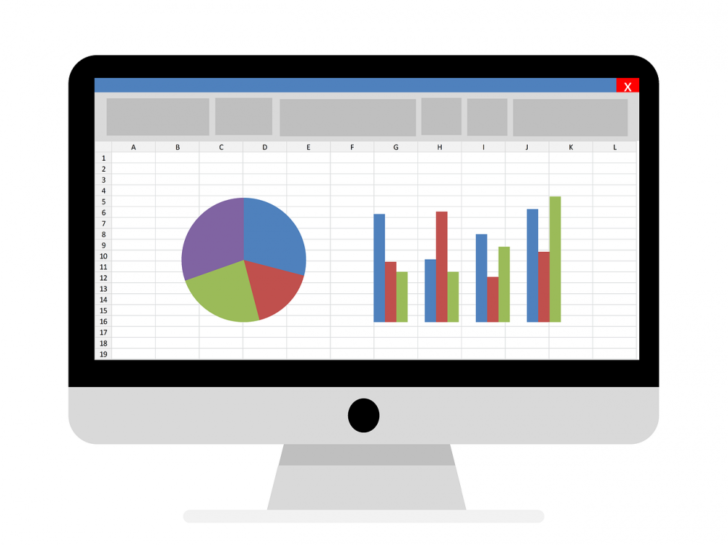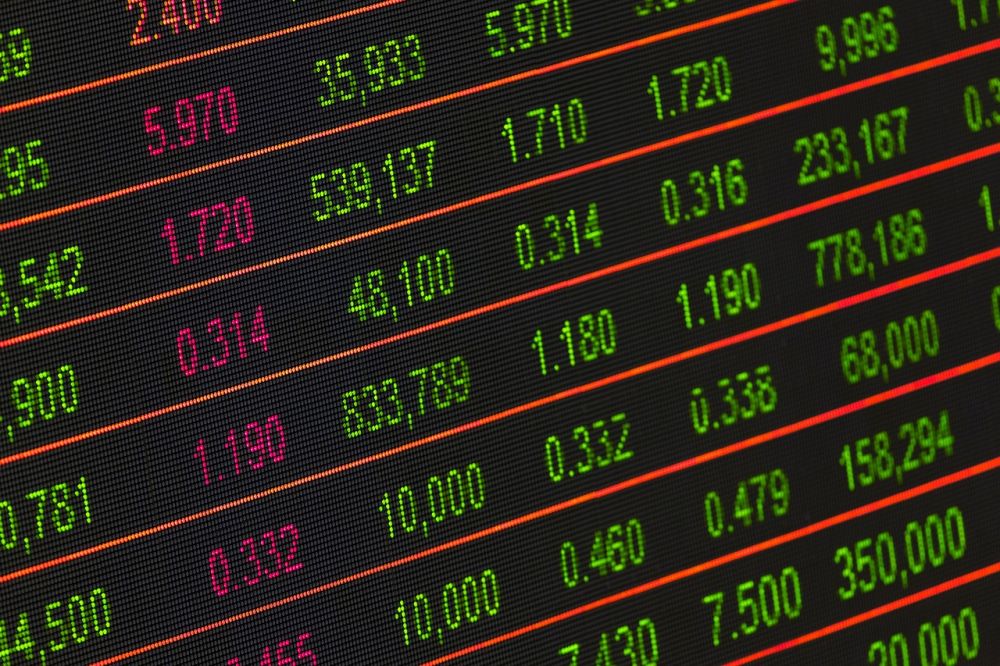Stockholmsbörsen Utveckling: En Grundlig Översikt

Introduction
Stockholmsbörsen, also known as NASDAQ Stockholm, is the main securities exchange in Sweden. It plays a crucial role in the country’s economy, providing a platform for buying and selling stocks and other financial instruments. In this article, we will delve into the development of Stockholmsbörsen, exploring its types, popularity, quantitative measurements, differences, and historical pros and cons.
Stockholmsbörsen Development: Understanding the Basics

Stockholmsbörsen is a marketplace where stocks, shares, derivatives, bonds, and other financial instruments are traded. It serves as a platform for businesses to raise capital by issuing stocks and for investors to profit from purchasing and selling these stocks. The exchange also facilitates trading on a wide array of financial instruments, allowing individuals and institutions to diversify their investment portfolios.
Types of Stockholmsbörsen Development
Stockholmsbörsen offers different types of marketplaces catering to the diverse trading needs of investors. These include the main market, where the largest companies are listed, and the alternative investment market (AIM), which accommodates smaller and growth-oriented companies. Additionally, there are specific segments like the First North, Nasdaq Stockholm Sustainable Bonds, and Nasdaq Stockholm Green Bonds markets, promoting sustainable investments.
Popularity and Impact of Stockholmsbörsen
Stockholmsbörsen holds significant popularity among investors, both domestically and internationally. Its performance and stability attract a wide range of market participants, including individuals, institutional investors, and foreign traders. The exchange’s listings comprise a mix of well-established corporations and innovative growth companies, offering investment opportunities across various industries.
Quantitative Measurements: Analyzing Stockholmsbörsen Performance
Tracking and analyzing the performance of Stockholmsbörsen is essential for investors and market observers. Several quantitative measures provide insights into the exchange’s development. These include stock indices such as the OMXS30, which represents the 30 most traded stocks on the main market, and the smaller company index (Nasdaq OMX Small Cap), reflecting performance in the AIM. Daily trading volumes and market capitalization are also critical indicators of Stockholmsbörsen’s growth and liquidity.
Differences in Stockholmsbörsen Development
Stockholmsbörsen’s development can differ across various dimensions, including size, industry focus, and growth potential. The main market usually attracts larger, more established companies, while the AIM provides a platform for smaller businesses and high-growth potentials. Additionally, the different market segments, such as sustainable bonds and green bonds, allow investors to align their investments with specific environmental and social objectives.
Historical Pros and Cons of Stockholmsbörsen Development
Over its history, Stockholmsbörsen has faced both advantages and disadvantages in its development. One of the key benefits lies in the market’s ability to facilitate capital raising and foster economic growth. It also offers investors opportunities for wealth accumulation and portfolio diversification. However, the exchange is not immune to market volatility and economic downturns, which can lead to significant losses for investors. Moreover, concerns over market manipulation and information asymmetry have been raised, emphasizing the importance of regulatory supervision.
Conclusion
Stockholmsbörsen’s development has played a pivotal role in Sweden’s financial landscape. It offers a diverse range of marketplaces, quantitative measurements, and different investment options that cater to the needs of various investors. Understanding the distinctions within Stockholmsbörsen’s development, such as different market segments and historical pros and cons, enables individuals to make informed investment decisions. As this exchange continues to evolve, with sustainable investments gaining momentum, Stockholmsbörsen remains an essential institution within the global financial markets.
References:
– ”About Us.” Nasdaq OMX. Retrieved from [insert link]
– ”Marketplaces.” Nasdaq OMX. Retrieved from [insert link]
– ”Stockholm Stock Exchange.” Investing.com. Retrieved from [insert link]
– ”Stockholmsbörsen.” Nordnet. Retrieved from [insert link]
FAQ
How can I measure the performance of Stockholmsbörsen?
What are the different types of markets available on Stockholmsbörsen?
What is Stockholmsbörsen?
Fler nyheter
Innovation inom pumpteknik: Elektriska membranpumpar
Introduction Stockholmsbörsen, also known as NASDAQ Stockholm, is the main securities exchange in Sweden. It plays a crucial role in the country’s economy, providing a platform for buying and selling stocks and other financial instruments. In t...
07 juli 2025
Professionell och trygg bokföring i Boden
Introduction Stockholmsbörsen, also known as NASDAQ Stockholm, is the main securities exchange in Sweden. It plays a crucial role in the country’s economy, providing a platform for buying and selling stocks and other financial instruments. In t...
05 juli 2025
Redovisningsbyrå i Göteborg: Din oumbärliga partner
Introduction Stockholmsbörsen, also known as NASDAQ Stockholm, is the main securities exchange in Sweden. It plays a crucial role in the country’s economy, providing a platform for buying and selling stocks and other financial instruments. In t...
05 juli 2025
Redovisningsbyrå: Ett ovärderligt stöd för företagare
Introduction Stockholmsbörsen, also known as NASDAQ Stockholm, is the main securities exchange in Sweden. It plays a crucial role in the country’s economy, providing a platform for buying and selling stocks and other financial instruments. In t...
15 juni 2025











